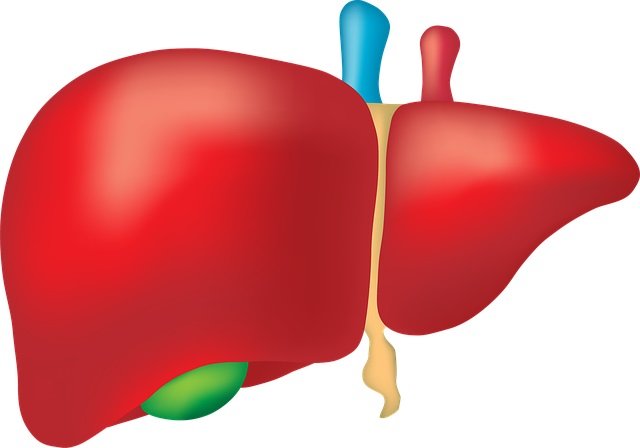
A new study from Baker Heart and Diabetes Institute has shown a new way to predict fatty liver.
Fatty liver disease is the accumulation of fat in the liver. Many people with the disease are older than 50.
Previously, scientists have found that the disease develops from a combination of both genetic and environmental causes.
But recently, researchers have described it as a hidden epidemic. More and younger people get diagnosed with fatty liver.
The health condition increases rates of the liver transplant and contributes to many illnesses.
For example, fatty liver is a risk factor for diabetes and heart disease. If left unchecked, the condition can ultimately lead to liver cancer and liver failure.
Because fatty liver disease often has no early symptoms and signs. Its diagnoses with current method often come when it’s too late to prevent the bad outcome.
In the present study, the researchers examined both human samples and preclinical models to identify biomarkers of the disease.
They found biomarkers in the blood that can help predict the accumulation of fats in the liver. A group of fats in the blood that may signal fatty liver disease progression.
They also found new links to molecules that are important for the development of fatty liver disease and potential new drug targets.
The researchers suggest that their result has provided an exciting view of how complex diseases like fatty liver occur. It may help develop a new precision medicine.
The team hopes their finding could lead to a new blood test to determine those most at risk of advanced fatty liver disease and help avoid invasive biopsy or surgery.
They also suggest that fatty liver disease is not just a lifestyle disease. There are few effective ways available to treat this condition in its early stages.
That is why it is important to develop new drugs to treat the disease. Their new research has offered some promising early-stage results.
In the future, the team will use bigger data sets to find out why some people are more prone to fatty liver disease than others.
One study lead author is Dr. Brian Drew, head of the Baker Institute’s Molecular Metabolism and Ageing Laboratory.
One co-author is Dr. Anna Calkin, head of the Baker Institute’s Lipid Metabolism and Cardiometabolic Disease Laboratory.
The research is published in the prestigious scientific journal Nature.
Copyright © 2019 Knowridge Science Report. All rights reserved.



